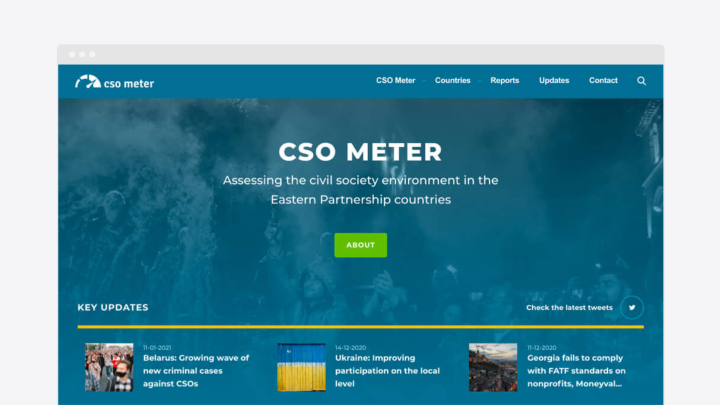How many generations have been living in your neighborhood? How many soles have to tread the soil under your house? And how many homes have stood at the place you live today?
Integral Vision
How many generations have been living in your neighborhood? How many soles have to tread the soil under your house? And how many homes have stood at the place you live today?
Until last week I haven’t had any clue about all this. But since we published the Archeology Database of the Hungarian National Museum, I’m exploring our neighborhood’s archeological documentation. From now on, the database is available for everyone interested. 1 600 archeological sites, 1 million files, 200 000 search expressions.
In the copper age, 5000 years ago, people were living in the former moorland in Csillaghegy, Budapest, the quarter where I live today.
There could have been 200 generations living at this place if we count all the years. In the last three years, we’ve also considered this part as our home and will put our name on the list with these few flying years, before we move further to join the next community.
The site where archeologists found ceramics from the copper age was explored about half a mile from our house.
I could read from the documents attached, that the Ludanice community lived in this place in the late bronze age. After some google search, I got more information: these people were connected with people from Bodrogkeresztúr, living around Vác, and they were dealing with trade. It is the oldest known culture of the region.
Are you up in the history of the place where you live?
ARIADNE
It happened a half year ago that I met Attila Kreiter dr, who is leading the Laboratory of the Hungarian National Museum Applied Natural Sciences. I will always remember our first meeting. He told us the story when his plow struck into something last time. It turned out to be a fossil which is treasured in the museum since then. He showed us small pieces of broken potteries that were going to be trimmed together by tidy hands’ patient work. We could touch jewels from the middle age, and in the meantime, Attila explained to us how the archeological profession has changed for the last decades.
This field is improving very fast, which results that materials discovered today can throw new light upon some periods.
The story your kids learn in school today is often something archeologists thought decades ago. The history books are going out of date already while they are getting printed.
All this could be more recent, and archeological researches could stand closer to historians’ studies. The first and most crucial step to this approach is a searchable archeological database.
The volume of data is growing, and the materials of excavations usually end up in the drawer. Just think about it: it’s like if Google had written their indexing algorithm but forgot to develop the searching function.
The time has come for a breakthrough. In the EU, someone got the idea to graph all excavated archeological sites on one map, so the initiative of the museum fits very well in the European trends. And the easy access to all these data could give motivation to broader international researches. Hungary also joined the ARIADNE project, so there was an excellent opportunity to develop this system.
Archeology in Drupal 8
We got the challenge of creating the country’s first public archeological database. We represented more than 1 600 sites on one map that is associated with nearly one million substances.
In the last six months, the team worked on implementing an application in Drupal 8, which can serve multiple TB data.
The separate Hungarian portal supplies data for the common European database.
The museum’s repository contains a fantastic amount of archeological information. We aim to merge all these data into our system gradually and, as a result of this, develop a public database containing all sites discovered in Hungary.
Those who participated in the project:
- Attila Kreiter dr. — archeologist, the Hungarian coordinator of the ARIADNE project
- Zsuzsanna Winkler — project manager, account
- Vince Tikász — backend developer
- Edit Illyés — backend developer
- Szilárd Gábor Fülöp — UX expert
- Péter Borsa — DevOps developer
Web site: http://archeodatabase.hnm.hu/

Share with your friends!


